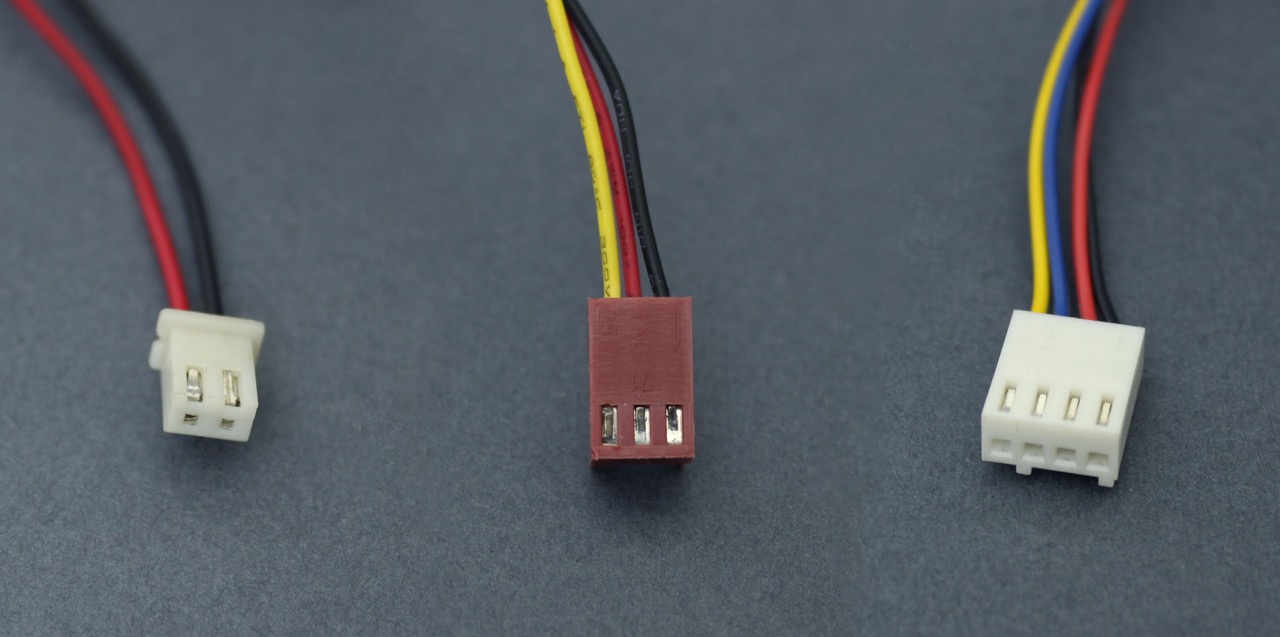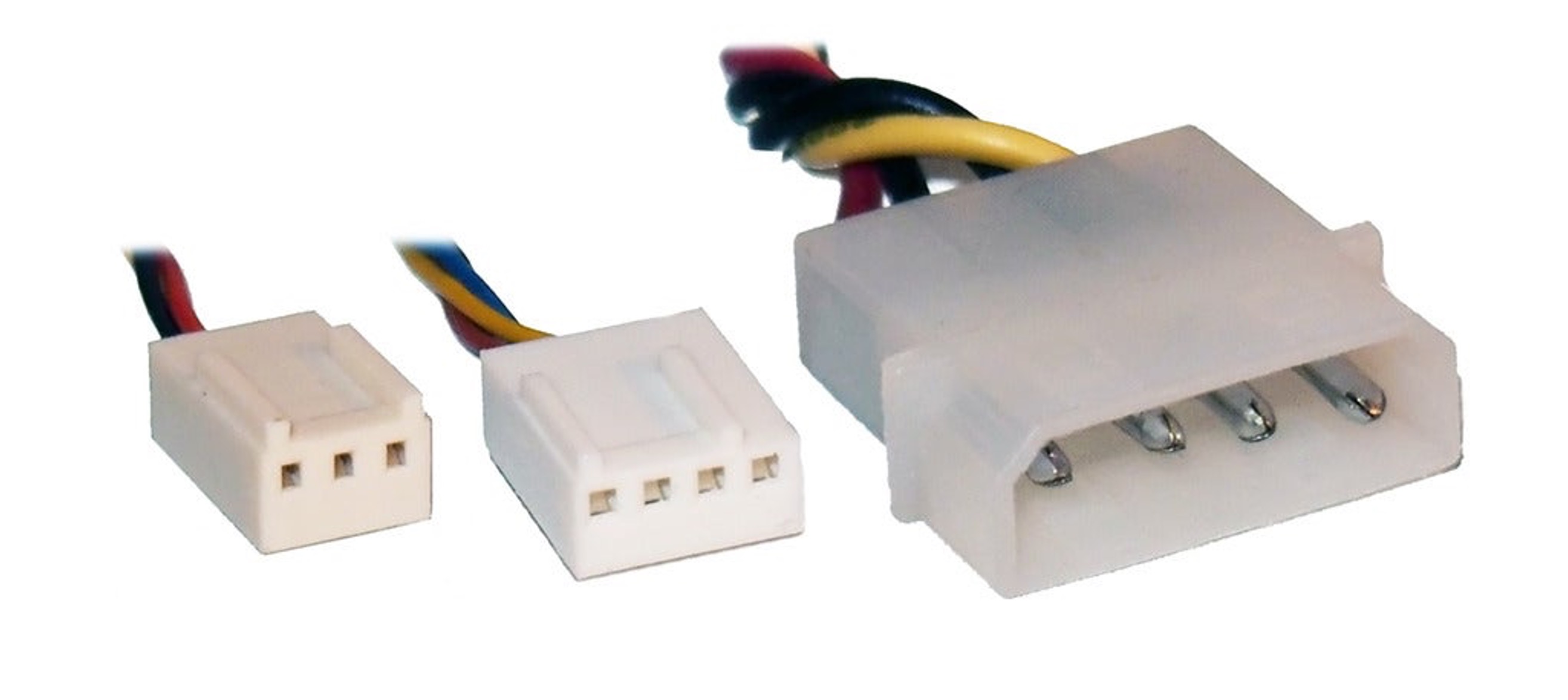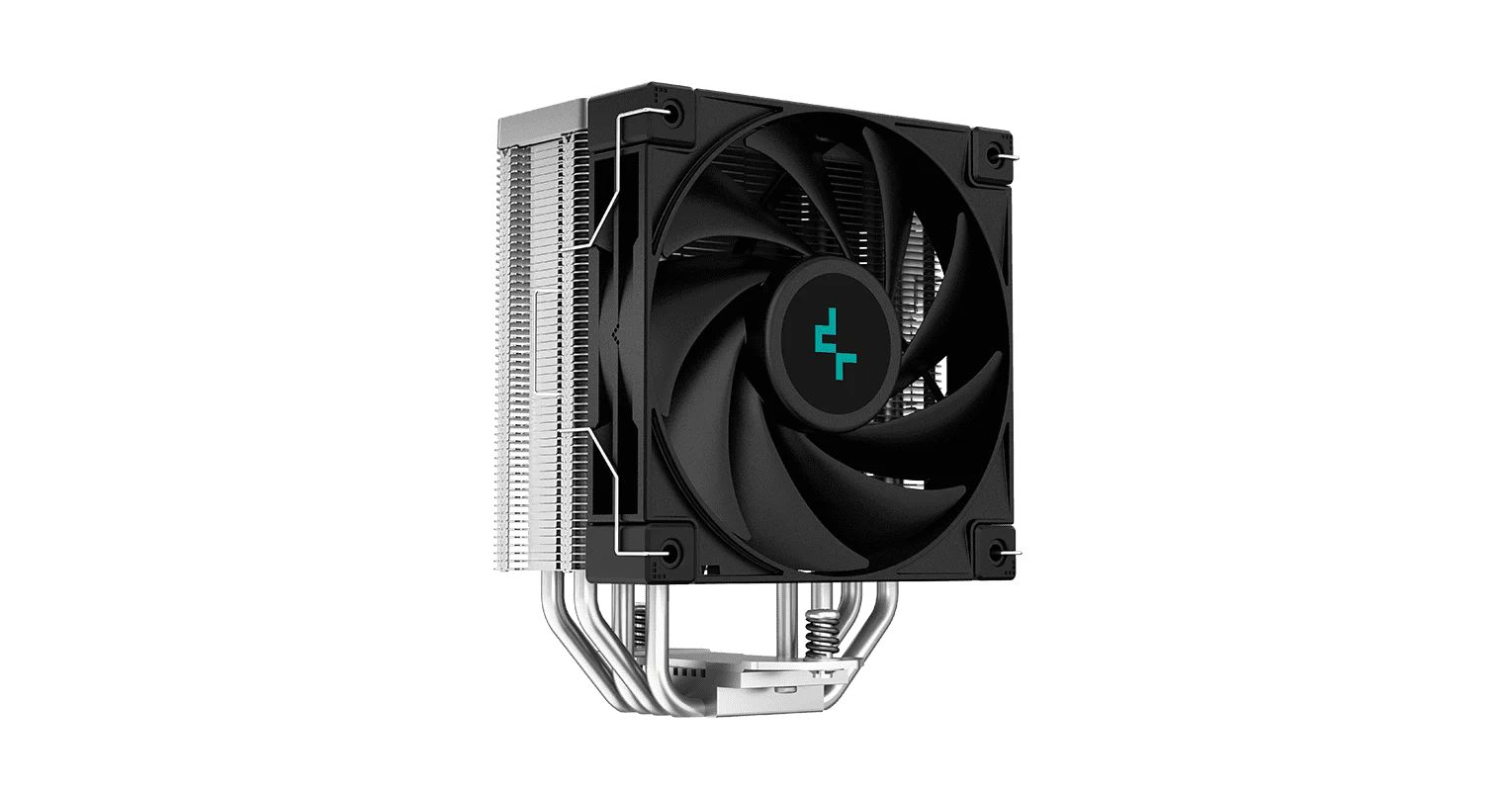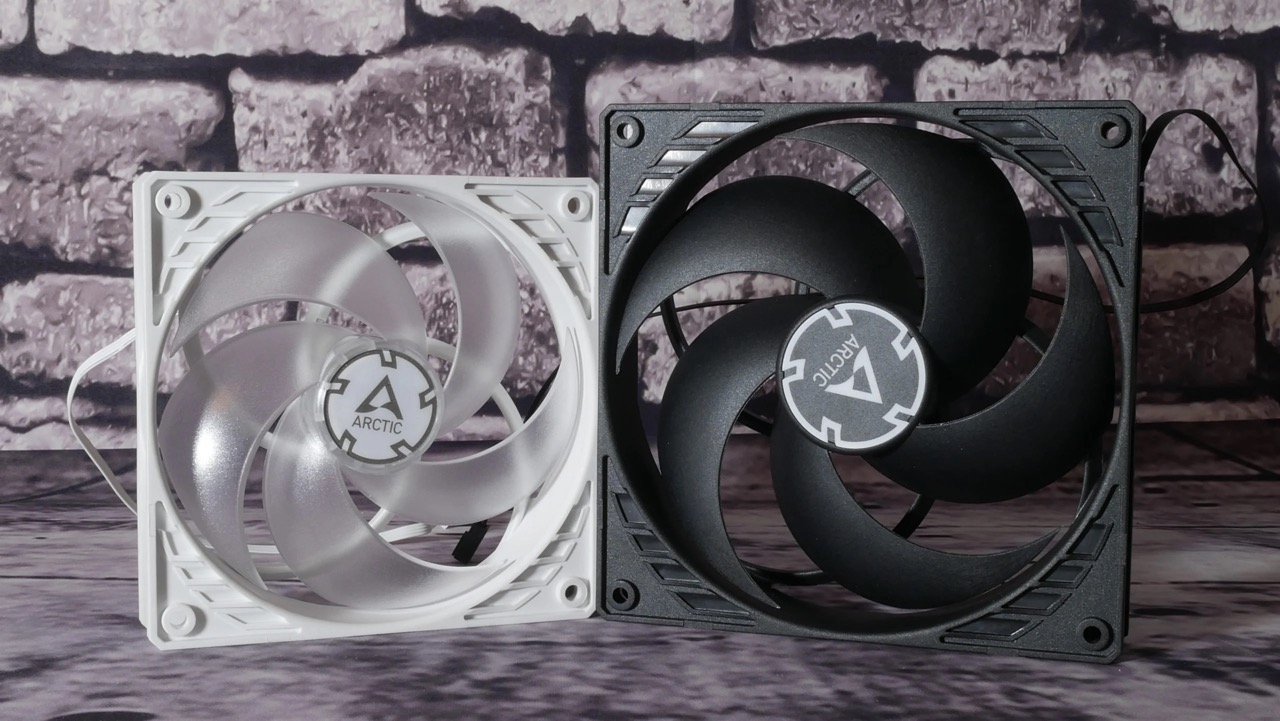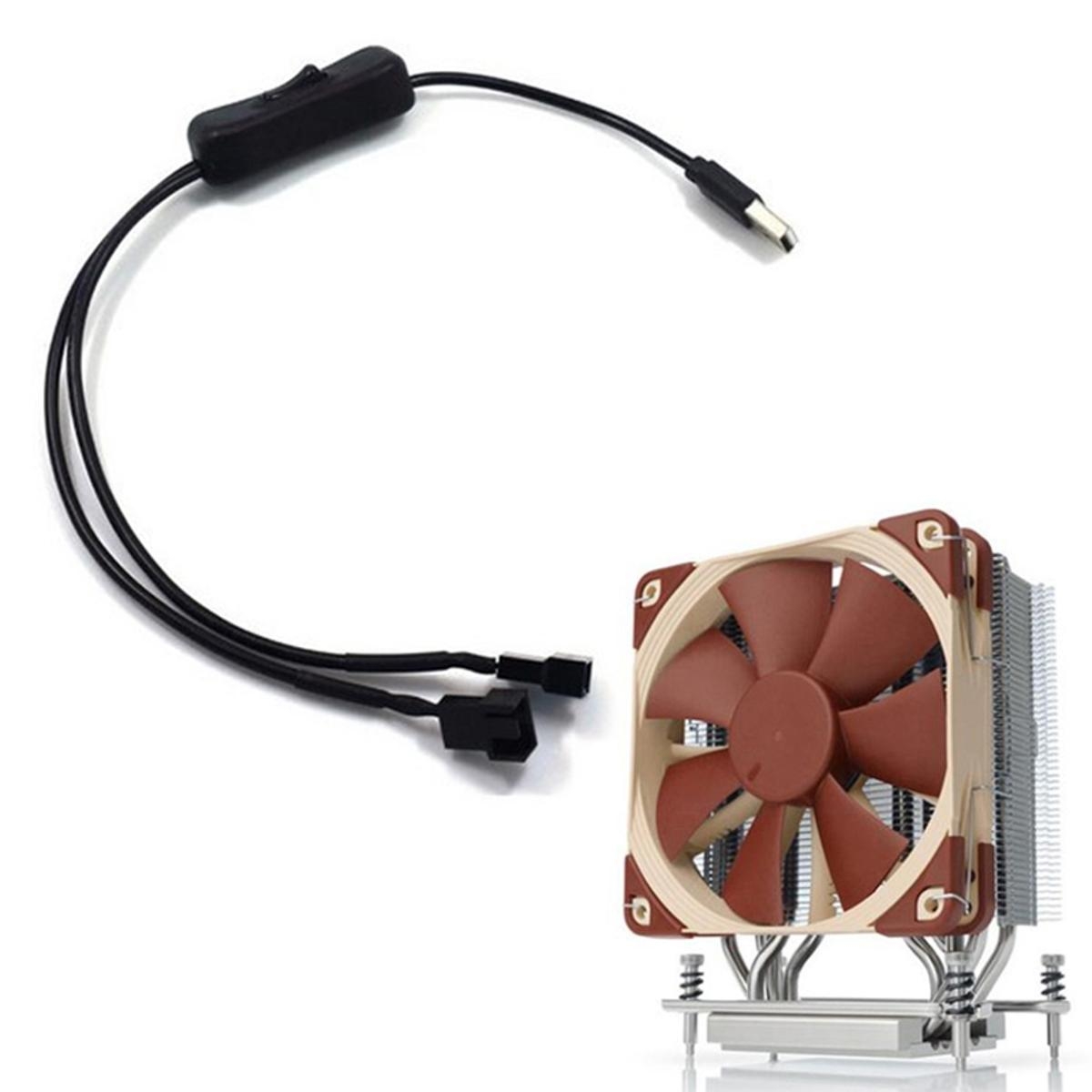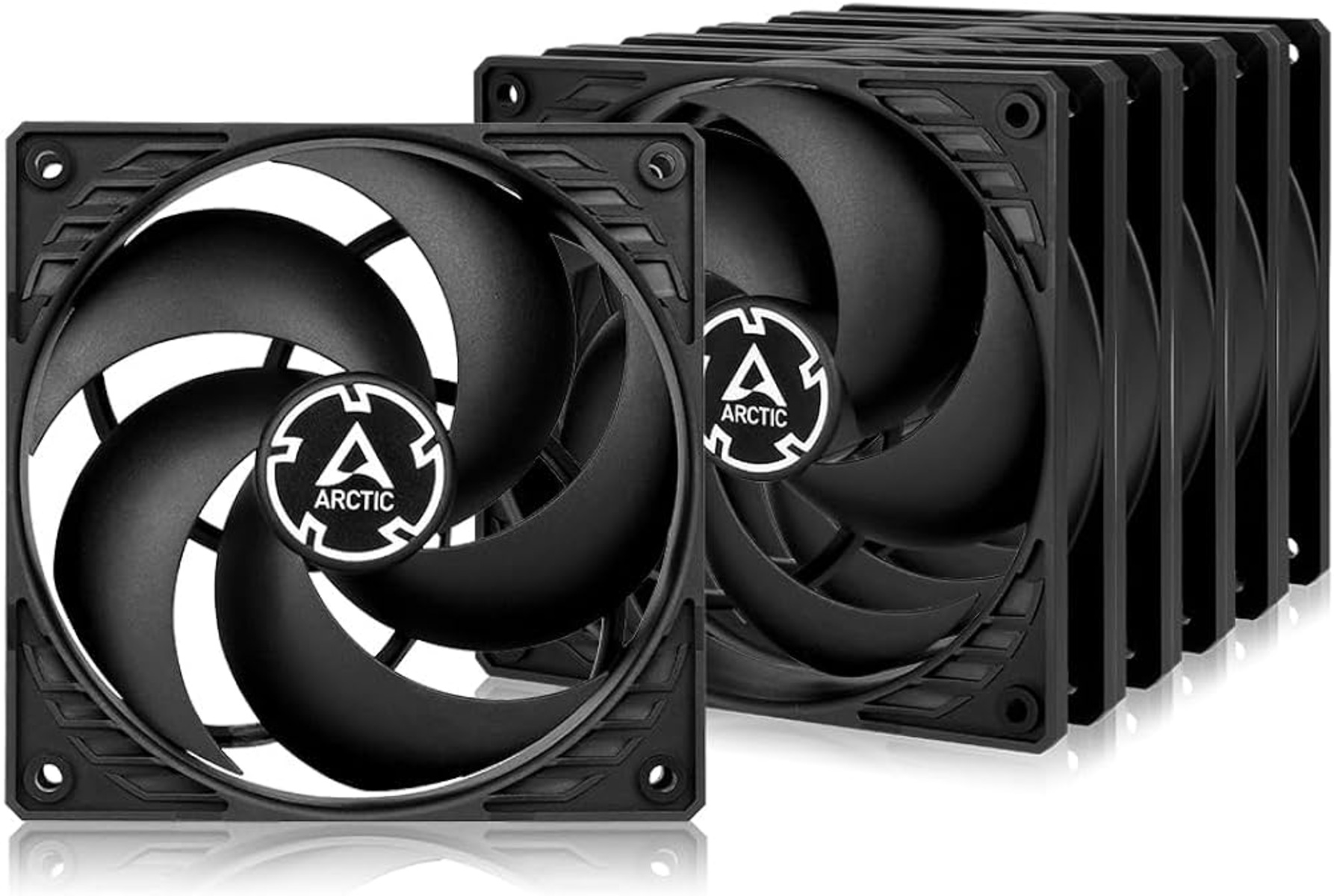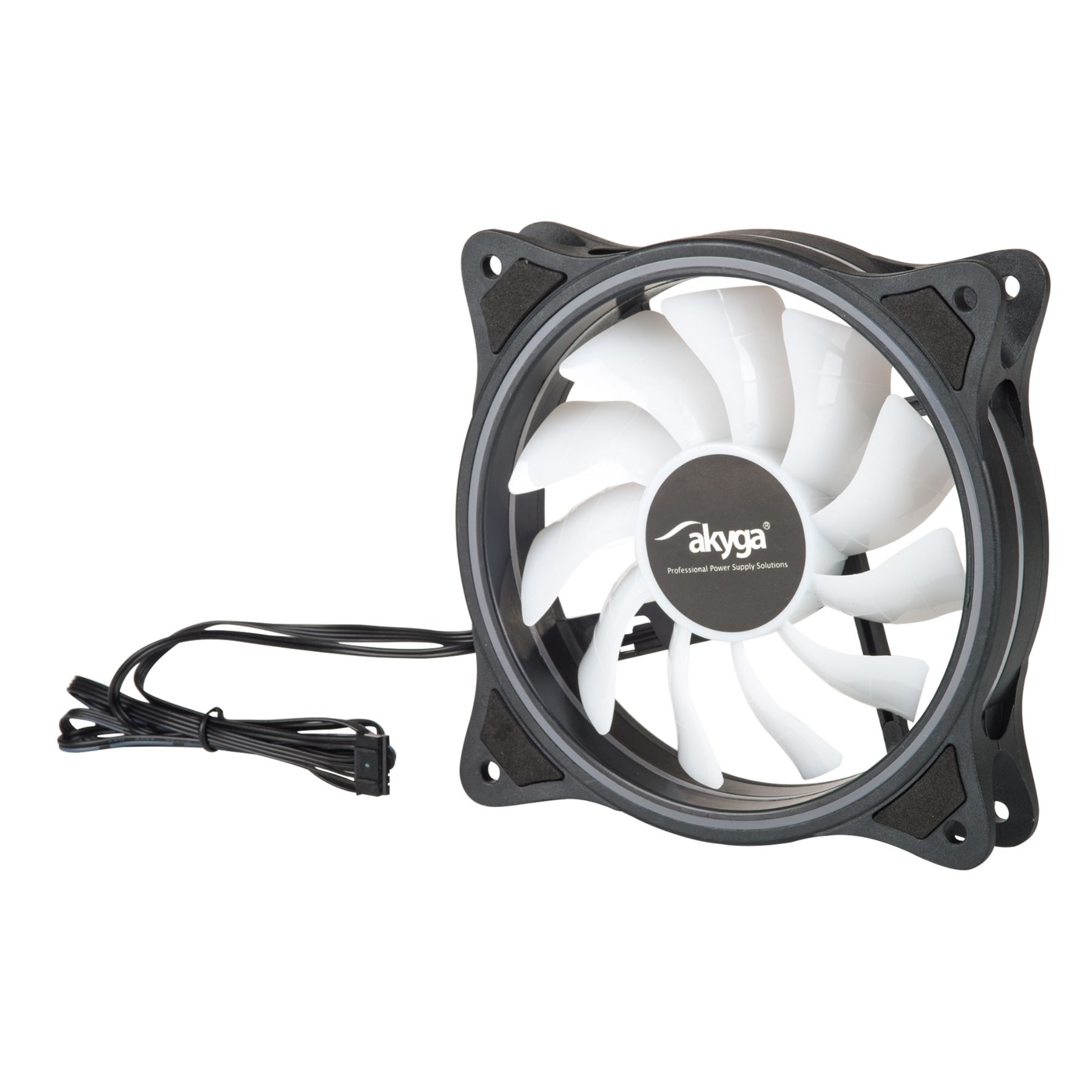Introduction
Welcome to the world of case fans and PWM (Pulse Width Modulation). If you’re a tech enthusiast or a computer builder, you’ve probably come across the term PWM while shopping for case fans. But what exactly is PWM, and why is it important when it comes to case fans?
As technology advances, so does the need for efficient cooling systems in computers. Case fans play a crucial role in maintaining optimal temperatures inside the computer case, ensuring that the components are kept cool and perform at their best. PWM, on the other hand, is a method of controlling the speed of case fans to match the cooling requirements of the system.
In this article, we will delve deeper into PWM for case fans, exploring its benefits and how it works. Whether you’re a seasoned PC builder or just starting to dip your toes into the world of computer hardware, understanding PWM can help you make informed decisions when choosing case fans for your system.
So, let’s dive in and explore the world of PWM and how it relates to case fans!
What Is PWM?
PWM, or Pulse Width Modulation, is a technique used to control the speed of electrical devices. It involves rapidly switching the power supply to the device on and off, with different durations of on and off time. In the case of case fans, PWM is used to regulate the voltage supplied to the fan motor, thereby controlling its speed.
The concept behind PWM is relatively straightforward. By altering the duty cycle, which determines the ratio of on-time to off-time, the average voltage delivered to the fan motor can be adjusted. For example, if the duty cycle is 50%, the fan will receive an equal amount of on-time and off-time, resulting in approximately half of the maximum speed. Conversely, if the duty cycle is 100%, the fan runs at maximum speed, receiving a constant power supply.
Unlike traditional fan speed control methods that use voltage regulation (reducing the voltage supplied to the fan), which can cause issues such as motor hum or speed fluctuations, PWM provides a more precise and efficient way of controlling fan speed. It keeps the voltage supplied to the fan at a constant level but adjusts the on-time and off-time to achieve the desired speed.
Key to PWM is the PWM signal, which is generated by the motherboard or a PWM fan controller. This signal consists of a fixed frequency and variable duty cycle, typically ranging from a few hundred Hertz to several kilohertz, depending on the fan and system requirements. The PWM signal is then sent to the PWM-enabled fan, which interprets the signal and adjusts its speed accordingly.
Overall, PWM offers a flexible and accurate method of controlling the speed of case fans, ensuring efficient cooling while minimizing noise levels. In the following sections, we will explore why PWM is specifically beneficial for case fans and how it works in more detail.
What Is a Case Fan?
A case fan, also known as a computer cooling fan, is an essential component of a computer system. Its primary function is to circulate air inside the computer case, effectively dissipating heat generated by the various components. Without proper cooling, the performance and lifespan of the system can be compromised.
Case fans come in various sizes, usually measured in millimeters (mm), such as 80mm, 120mm, or 140mm. They are typically installed on the front, rear, or sides of the computer case, strategically positioned to maximize airflow and direct cool air towards hot components, such as the CPU, GPU, and power supply.
These fans consist of a motor, blades, and a housing. The motor rotates the blades, creating air movement. The housing encloses the motor and aids in directing airflow. The number of blades can vary, with more blades usually indicating quieter operation. Some case fans also feature additional features like LEDs for aesthetic purposes.
Case fans are classified based on their airflow and static pressure capabilities. Airflow refers to the volume of air that the fan can move, usually measured in cubic feet per minute (CFM). Static pressure, on the other hand, is the force that the fan can exert to overcome airflow obstacles, such as cooling fins or filters. Balance between airflow and static pressure is crucial in maintaining efficient cooling.
When choosing a case fan, factors such as noise level, airflow capacity, and static pressure are key considerations. Higher CFM and static pressure ratings indicate better performance but may come at the cost of higher noise levels. It’s important to strike a balance between cooling performance and noise output depending on your system’s requirements and your personal preferences.
Now that we have a good understanding of what case fans are, let’s explore why PWM is widely used for controlling their speed and the benefits it offers.
Why Use PWM for Case Fans?
When it comes to controlling the speed of case fans, PWM (Pulse Width Modulation) is the preferred method for many reasons. Its flexibility, precision, and efficiency make it a popular choice among computer enthusiasts and builders. Here’s why PWM is widely used:
1. Precise Fan Speed Control: PWM allows for precise control over the fan speed by adjusting the duty cycle of the PWM signal. This level of control ensures that the fan operates at the optimal speed required for effective cooling. Whether you need high airflow during heavy workloads or lower speeds for quiet operation during idle times, PWM enables fine-tuning of fan speeds to meet specific cooling requirements.
2. Constant Voltage Supply: Unlike traditional voltage regulation methods, PWM keeps the voltage supplied to the fan motor constant. By varying the on-time and off-time of the PWM signal, the average voltage delivered to the fan motor is adjusted, resulting in consistent and stable power supply. This prevents issues such as motor hum, speed fluctuations, or fan stalling that can be caused by varying voltage supplies.
3. Energy Efficiency: PWM offers excellent energy efficiency by only delivering the necessary amount of power to the fan required for cooling. By dynamically adjusting the fan speed to match the cooling needs of the system, PWM saves energy compared to fans running at a fixed speed or being controlled by voltage regulation. This efficiency is not only eco-friendly but also helps in reducing overall power consumption and lowering electricity bills.
4. Noise Reduction: Controlling the fan speed through PWM allows for efficient noise management. By adjusting the fan speed to the minimum required level, PWM helps in keeping noise levels to a minimum. This is especially important for those seeking a quieter computing experience, such as content creators, gamers, or individuals working in noise-sensitive environments.
5. Compatibility and Expandability: PWM technology has been widely adopted in the computer industry, making it compatible with most modern motherboards and fan controllers. This compatibility ensures that users can easily find PWM-enabled fans and controllers to meet their needs. Additionally, PWM supports multiple fans on a single motherboard header through the use of splitters or hubs, allowing for efficient expansion of the cooling system.
By utilizing PWM for case fans, users can experience the advantages of precise control, constant voltage supply, energy efficiency, noise reduction, and compatibility. In the next section, we’ll delve deeper into how PWM fan speed control works and the mechanisms involved.
Benefits of PWM Case Fans
Using PWM (Pulse Width Modulation) case fans offers several benefits that make them a preferred choice for many computer enthusiasts. Let’s explore some of the advantages:
1. Flexible Fan Speed Control: PWM case fans allow for flexible fan speed control, ensuring that the cooling system operates at the optimal level. By adjusting the duty cycle of the PWM signal, users can precisely set the fan speed to match the cooling requirements of their system. This flexibility is especially useful for demanding applications that require higher airflow or when a quieter operation is desired during idle or low-load times.
2. Efficient Cooling Performance: PWM case fans deliver efficient cooling performance by dynamically adapting the fan speed to match the thermal conditions of the system. Instead of running at a fixed speed, PWM fans adjust their speed based on real-time temperature feedback from the system. This means that the fan runs faster when the components are under heavy load or when the system temperature rises and slows down when cooling demands are lower. This intelligent cooling mechanism helps maintain optimal temperatures and prolongs the lifespan of the components.
3. Reduced Noise Levels: PWM case fans contribute to quieter operation due to their ability to control fan speed precisely. By running the fan at the minimum required speed, unnecessary noise generation is minimized. During low-demand scenarios, PWM fans can run at lower speeds, producing less noise compared to traditional fixed-speed fans or those controlled through voltage regulation. This benefit is particularly valuable for individuals seeking a quieter computing environment or for those involved in audio production, content creation, or gaming.
4. Lower Energy Consumption: PWM case fans are energy-efficient as they only deliver the necessary power needed for cooling. By adjusting the fan speed to match the cooling requirements in real-time, PWM fans consume less power compared to fans running at a fixed speed or under voltage regulation. This energy efficiency not only reduces the overall power consumption of the system but also contributes to lower electricity bills.
5. Easy Integration and Compatibility: PWM case fans are widely supported and compatible with most modern motherboards and fan controllers. This compatibility ensures seamless integration into any computer system regardless of the brand or model. PWM fans can be easily connected to the motherboard headers or PWM fan controllers, allowing users to expand their cooling system with multiple fans without any compatibility issues.
Overall, PWM case fans offer the advantages of flexible speed control, efficient cooling performance, reduced noise levels, lower energy consumption, and easy integration. These benefits make them an ideal choice for users looking to optimize their system’s cooling capabilities. Now, let’s explore how PWM fan speed control actually works in the next section.
How Does PWM Fan Speed Control Work?
PWM (Pulse Width Modulation) fan speed control is based on the principle of varying the duty cycle of a PWM signal to regulate the fan’s speed. Here’s a step-by-step explanation of how PWM fan speed control works:
1. Generation of PWM Signal: The PWM signal is generated by the motherboard or a dedicated PWM fan controller. The signal consists of a fixed frequency and a variable duty cycle, usually ranging from a few hundred Hertz to several kilohertz. The duty cycle represents the percentage of time the signal is “on” or active compared to the total time of a complete cycle.
2. Interpretation of PWM Signal: The PWM-enabled fan receives the PWM signal through the fan header on the motherboard or the PWM fan controller. The fan’s built-in electronics interpret the PWM signal, reliably translating the duty cycle into the desired fan speed. The higher the duty cycle, the faster the fan rotates, and vice versa.
3. Adjustment of Fan Speed: Based on the duty cycle of the PWM signal, the fan motor adjusts the voltage delivered to the fan blades. A higher duty cycle corresponds to a longer “on” time, resulting in a higher average voltage and faster rotation of the fan. Conversely, a lower duty cycle leads to a slower fan speed.
4. Real-Time Temperature Feedback: PWM fan speed control is often combined with real-time temperature feedback from the system. The motherboard or fan controller measures the temperature of various components using temperature sensors. Based on this feedback, the PWM signal is adjusted to increase or decrease the fan speed accordingly, ensuring that the cooling system remains effective.
5. Constant Power Supply: Unlike traditional speed control methods that modify the voltage supplied to the fan, PWM keeps the voltage constant. Instead, the PWM signal controls the on-off switching of the power supply, adjusting the fan speed by altering the duration of the “on” and “off” cycles. This constant voltage supply enhances stability and eliminates issues like motor hum or speed fluctuations that may arise from voltage regulation.
PWM fan speed control allows for precise adjustment of the fan speed to meet the cooling needs of the system, balancing temperature management with noise levels. By dynamically adapting the fan speed in real-time, PWM ensures optimal cooling performance while maintaining a quiet computing environment. In the next section, we’ll explore how to control PWM case fans effectively.
Controlling PWM Case Fans
Controlling PWM (Pulse Width Modulation) case fans is relatively straightforward and can be done through various methods. Here are a few ways to effectively control PWM case fans:
1. BIOS Settings: Many motherboards provide options in the BIOS settings to control PWM fans. Users can access the BIOS and navigate to the fan control section to adjust the fan speed. The BIOS typically offers options such as Fan Speed Control, Smart Fan, or PWM Mode. Users can set the desired fan curves or choose predefined profiles based on their cooling requirements.
2. Fan Control Software: Some motherboard manufacturers provide fan control software that allows users to fine-tune the fan speed and customize fan curves. These software utilities usually come bundled with the motherboard’s drivers or can be downloaded from the manufacturer’s website. Users can adjust fan speeds, create custom profiles, and even monitor fan performance and temperatures in real-time.
3. Third-Party Fan Controller: Alternatively, users can opt for standalone PWM fan controllers that connect directly to the motherboard or a separate fan header. These fan controllers offer advanced features like independent fan speed control, temperature sensors, and customizable profiles. They provide more granular control over fan speeds and make it easier to manage multiple fans in the system.
4. Fan Control Hubs: For systems with a large number of case fans, a fan control hub can be used to centralize fan speed control. These hubs connect to a single PWM fan header on the motherboard and distribute power and control signals to multiple case fans. The hub usually comes with its own software or hardware control interface, allowing users to adjust fan speeds and monitor performance.
5. PWM Fan Splitters: In scenarios where the motherboard does not have enough dedicated PWM fan headers, PWM fan splitters can be used. These splitters connect multiple PWM fans to a single PWM fan header, allowing users to control multiple fans simultaneously. These splitters ensure that all fans receive the same PWM signal, adjusting their speeds synchronously.
It’s important to note that when controlling PWM case fans, it’s crucial to strike a balance between cooling performance and noise levels. Experimenting with different fan curves and profiles can help find the optimal settings for your system. Regular monitoring of temperatures and fan performance is also recommended to ensure the cooling system is functioning effectively.
By effectively controlling PWM case fans, users can tailor the cooling performance to their specific needs and maintain an optimal balance between temperatures and noise levels in their computer systems.
Conclusion
PWM (Pulse Width Modulation) case fans provide a versatile and efficient solution for cooling computer systems. By offering precise fan speed control, constant voltage supply, energy efficiency, and reduced noise levels, PWM fans have become a popular choice for computer enthusiasts and builders.
Through the generation and interpretation of PWM signals, the speed of PWM fans can be adjusted with precision, ensuring optimal cooling performance. The flexibility of PWM allows for dynamic fan speed adjustments based on real-time temperature feedback, resulting in efficient cooling and increased component lifespan.
The benefits of PWM case fans extend beyond optimal cooling. With reduced noise levels and lower energy consumption, PWM fans contribute to a quieter and more eco-friendly computing environment. The ease of integration and compatibility of PWM technology make it effortless to incorporate PWM fans into any computer system.
Controlling PWM case fans can be done through BIOS settings, fan control software, third-party fan controllers, fan control hubs, or PWM fan splitters, offering users various options to tailor fan speeds to their specific needs.
Understanding the benefits and mechanisms of PWM case fans empowers computer enthusiasts and builders to make informed decisions when selecting and controlling case fans for their systems. By harnessing the advantages of PWM, users can achieve optimal cooling performance, minimize noise levels, and create a more efficient and enjoyable computing experience.







